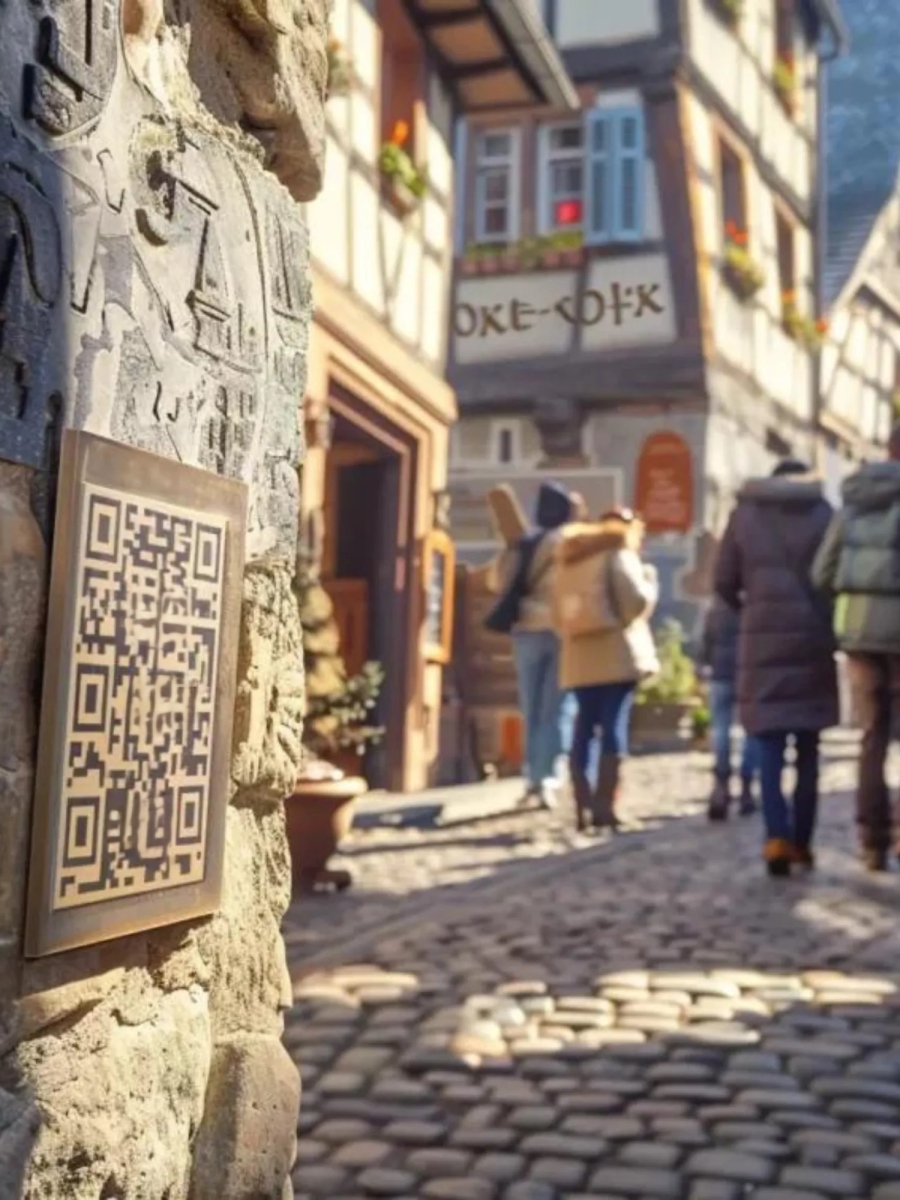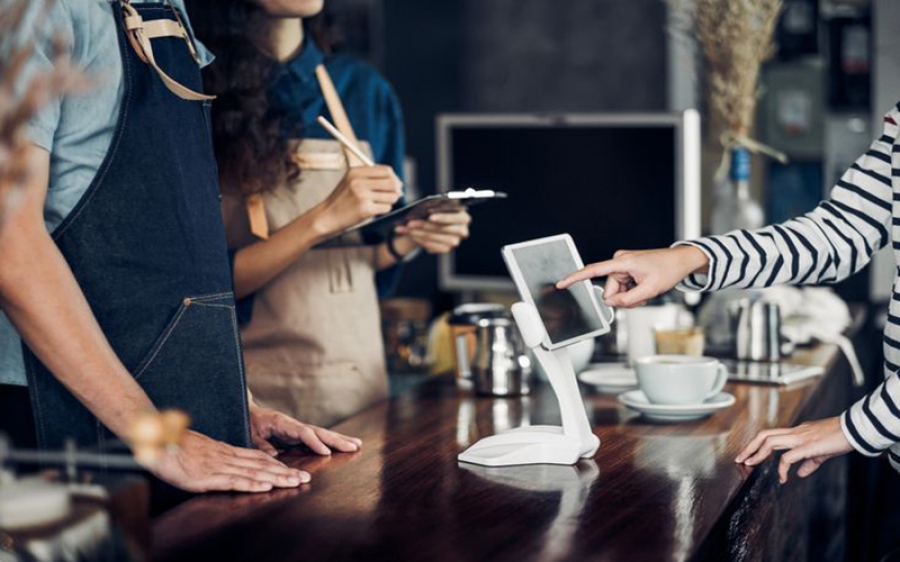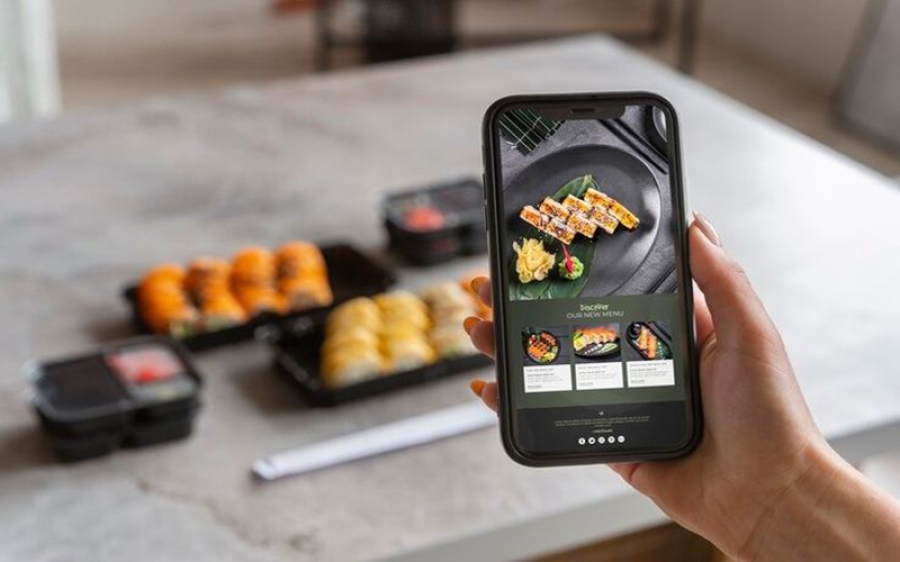Understanding Barcode Types: 1D vs. 2D Barcodes
Barcodes are everywhere—from the items we buy at the store to the packages we receive in the mail. But did you know that there are different types of barcodes? Let's explore the differences between 1D and 2D barcodes, focusing on UPC codes (1D) and QR codes (2D).
What Are UPC and QR Codes?
UPC codes, also known as Universal Product Codes, are traditional 1D barcodes found on most products in stores. They're linear barcodes that hold up to 85 characters of information and can only be read from left to right.
On the other hand, QR codes, or Quick Response codes, are 2D barcodes that have gained popularity in recent years. They can hold much more information than UPC codes, with capacity for up to 4,296 alphanumeric characters or 7,089 numeric characters—equivalent to 2,953 bytes of data.
Key Differences Between 1D and 2D Barcodes
1. Data Capacity: One of the significant differences between 1D and 2D barcodes is their data capacity. While UPC codes can hold up to 85 characters, QR codes can store significantly more data—making them suitable for a wider range of applications.
2. Directionality: 1D barcodes are linear and can only be read from left to right. In contrast, QR codes are omnidirectional, meaning they can be scanned, read, or decoded from any direction. This flexibility makes QR codes more user-friendly and convenient.
Why Choose QR Codes?
QR codes offer several advantages over traditional 1D barcodes:
- Versatility: With their ability to store more data and be read from any direction, QR codes are suitable for various applications, including marketing, inventory management, and ticketing.
- Convenience: QR codes can be scanned using a smartphone camera, eliminating the need for specialized barcode scanners. This makes them accessible to a wider audience and more convenient to use in everyday situations.
Conclusion
In conclusion, while both UPC codes (1D) and QR codes (2D) serve the purpose of encoding information for easy retrieval, QR codes offer greater versatility, data capacity, and convenience. As technology continues to evolve, QR codes are becoming increasingly popular for a wide range of applications, making them a valuable tool in today's digital world.








